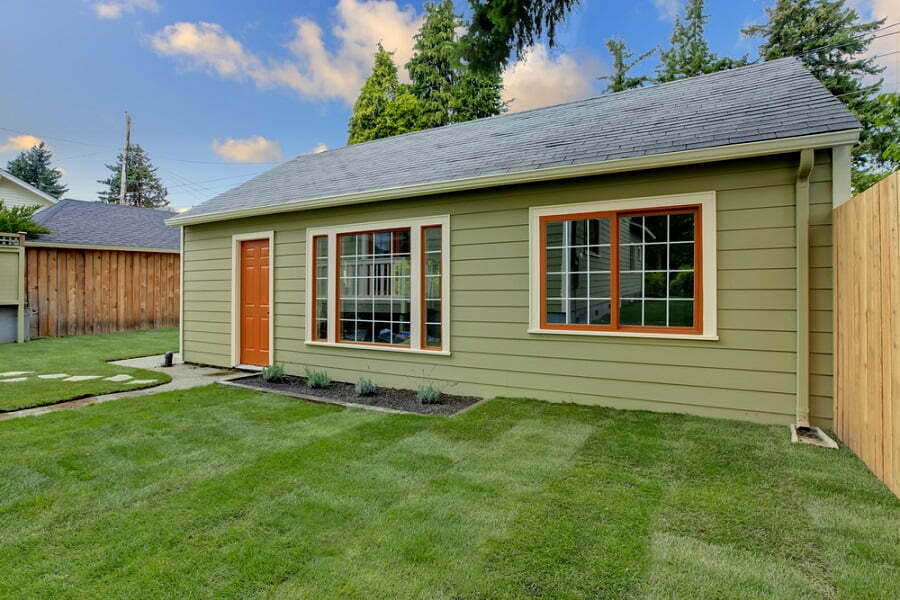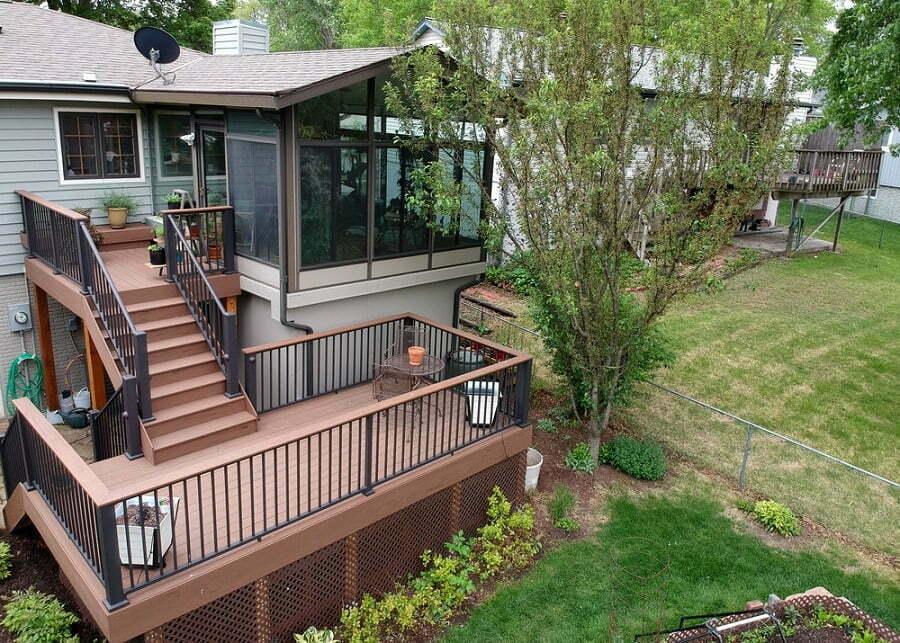Last updated on
As part of the interior finish, a prefab home needs lighting that meets the standards. Energy efficiency and sustainable design are essential in this area. Here are lighting ideas for your prefab.
We’ll take a look at the types of lighting a prefab home needs and sustainable materials that can be used in designing the fixtures. We will also discuss the energy-efficient features you need to consider when choosing prefab lighting.
When it comes to lighting a room, prefab homes aren’t different from traditional homes. All the same, ideas can be used here. We can see the difference in the spirit of the prefabricated building itself. It pertains to sustainability, energy efficiency, and the speed of installation.
So here are the ideas.
Lighting Layers: Task, Ambient, and Accent Lighting
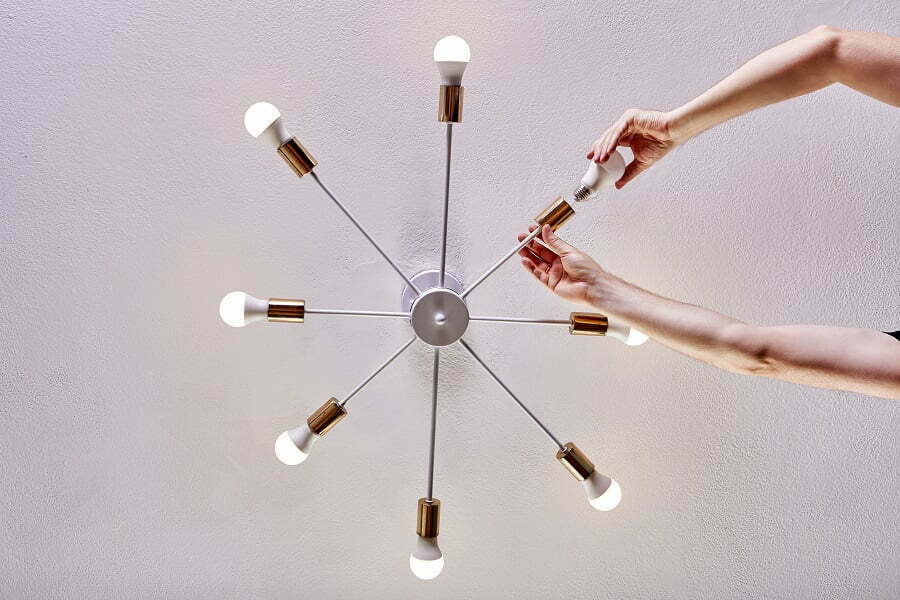
Task, ambient, and accent lighting are the three basic lighting categories. Layered throughout a space, particularly multipurpose ones, they team up to accomplish a flexible and rich lighting design.
Task Lighting
This intense and direct illumination is perfect for particular tasks like writing and reading at a desk, preparing food, and grooming. It is focused on the specific area where the mission is carried out and is more brilliant than ambient lighting. Task lighting is glare-free and adequately powerful to prevent eyestrain.
Ambient
Ambient lighting delivers general illumination and creates a uniformed and general lighting level. It sets the room’s tone by providing the first layer of lighting. For this reason, it is usually diffuse or soft and frequently dimmable to accommodate nighttime and daytime settings.
Ambient lighting is particularly valuable in stairways and hallways for optimal visibility and orientation. Additionally, it is helpful in home offices or kitchens, where wide light beams deliver consistent lighting.
Accent Lighting
Designed to highlight a particular area or object, accent lighting is usually thrice bright as ambient lighting. Accent lights draw attention to furnishings, architectural details, artwork, or other features, transforming them into focal points. Adjustable fittings are preferred for this type of lighting because they enable precision focus.
Streamlined Design of Prefab Lighting Fixtures
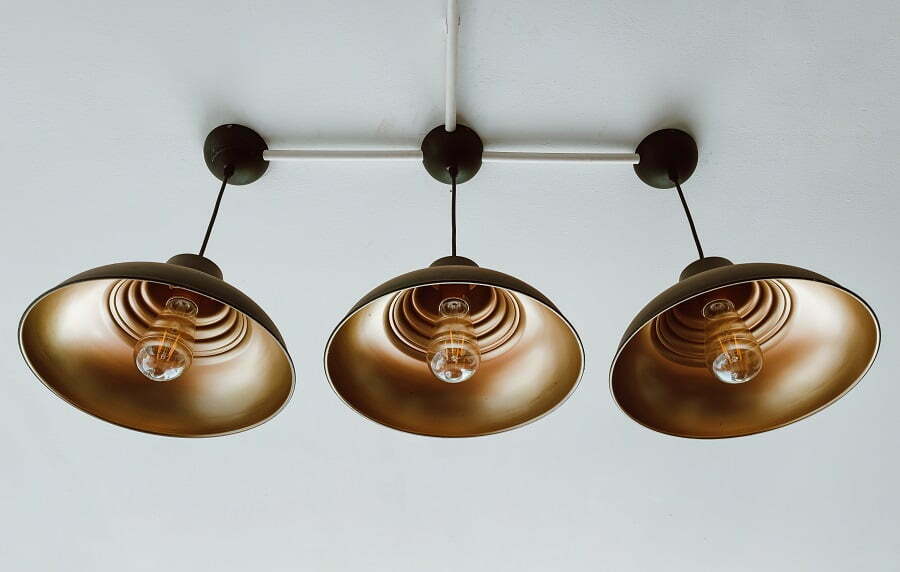
In today’s competitive renovation and construction market, prefab home lighting is an approach that is becoming increasingly popular. It can assist in saving electrical contractors money and time while delivering better control over the product and installation process. Typically, prefab lighting involves modifying lighting features at a contractor’s warehouse for more seamless installation on the worksite.
Ceiling Lights and Lamps
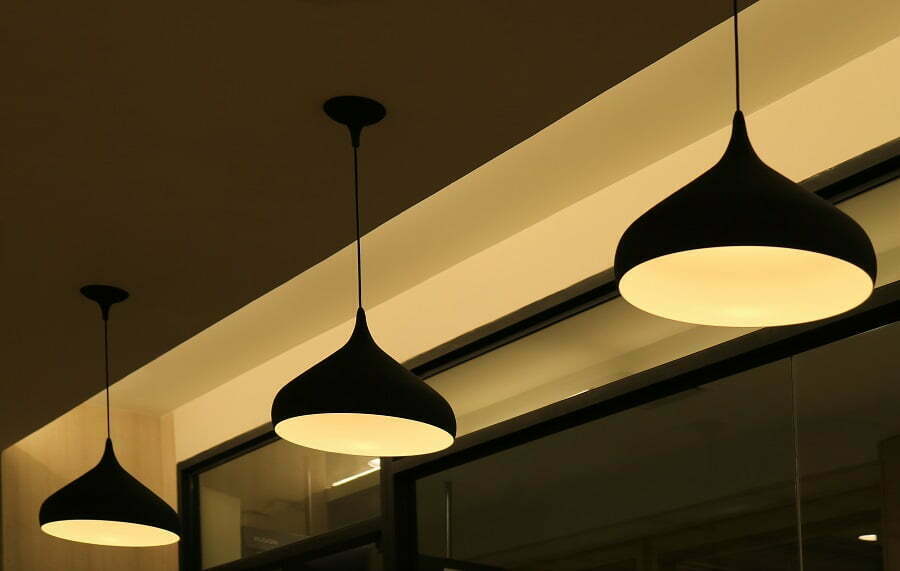
Ceiling lights and lamps provide all the ambient light in a space and are directly mounted unto the ceiling. Typically, they have a plastic or glass shade covering the lightbulb. They include recess
Recessed lighting is installed above the ceiling and has an opening flush with the ceiling. This type of lighting requires a minimum of 6 inches of clearance over the ceiling and sends a relatively narrow band of light in a single direction. It can be used to provide ambient, accent, or task lighting.
Track lighting is suspended or mounted from the ceiling and comprises a linear housing with several heads that can be positioned wherever along a track. Additionally, the direction of the heads is also adjustable.
Pendant lights direct their light down, typically over a kitchen island or table. This type of lighting can improve the decorative style of space and provide task or ambient lighting.
Sustainable Materials in Lighting
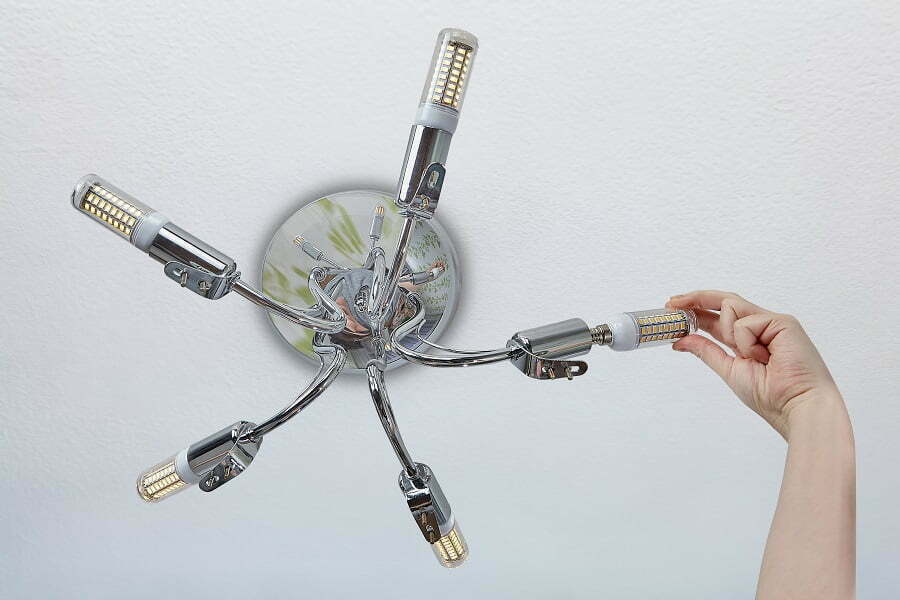
Sustainable lighting design is highly beneficial to the environment and overall well-being. There are also economic advantages to the users. Natural daylight is the most sustainable lighting. Not only is it an accessible and renewable resource, but it has well-recognized health benefits as well.
To increase natural light in a building while reducing direct glare and preserving indoor temperature regulation, careful architectural design is needed.
Daylighting design if the strategic placement of skylights, windows, translucent panels, atriums, and light shafts, in conjunction with other building components, such that light is evenly reflected throughout internal spaces.
Energy Efficiency
Energy-efficient light bulbs use considerably less energy than halogen and incandescent bulbs and last longer as well. There are two primary types of energy-efficient lightbulbs: light-emitting diodes (LED) and compact fluorescent lights. Not only do they benefit the atmosphere and aesthetics of the room, but they can also assist in reducing energy consumption.
A switch to energy-efficient lighting is a remarkable way to light your house utilizing the same volume of lighting for less money. Lighting accounts for roughly 15 percent of electricity use in an average home. On average, households can save approximately $225 in energy costs per year using LED or other energy-efficient lighting.
Aside from efficient lighting, think about using controls like dimmers and timers to save electricity. Timers turn lights off automatically when not in use, and dimmers are designed to lower the light levels. Make sure that you choose lighting products compatible with the energy-efficient lightbulbs that you would like to use in the different spaces.
Cost
Nationally, the average cost of installing lighting is approximately $527. The standard cost ranges between $152 and $902. Simple, smaller fixtures could cost between $75 and $100, while other intricate setups like chandeliers could go as much as $2,200.
The most significant cost associated with installing lighting fixtures is labor. The majority of these projects call for a licensed electrician to ensure safety and that the wiring is up to code. The overall lighting installation price is easier to calculate when a professional electrician provides a labor estimate.
Table of Contents
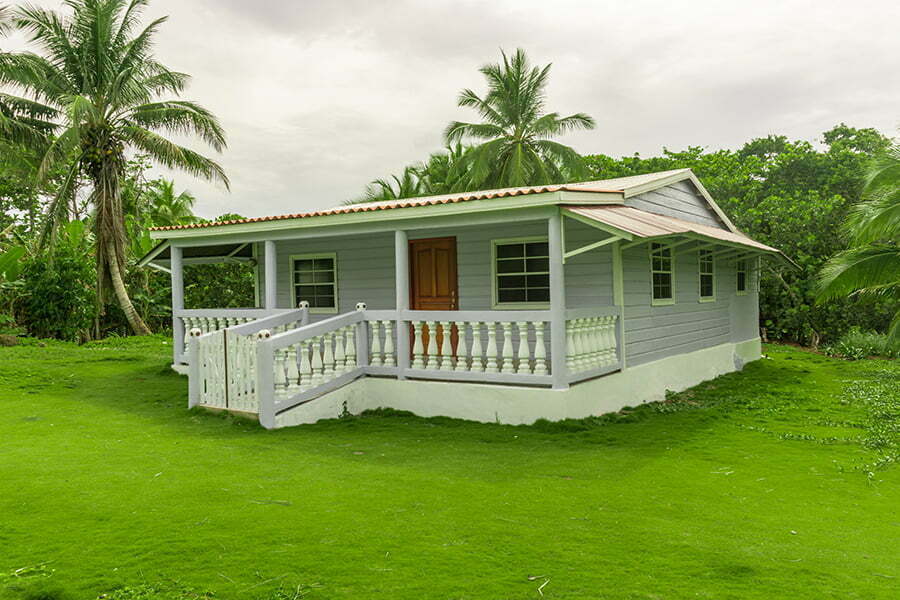
![How Much Does an ADU Cost? [Solved]](https://buildgreennh.com/wp-content/uploads/2022/08/ADU-Tax-Deductions-and-Benefits.jpg)
![How to Build an ADU? [Step-by-Step]](https://buildgreennh.com/wp-content/uploads/2022/08/Why-Are-You-Building-an-ADU.jpg)
